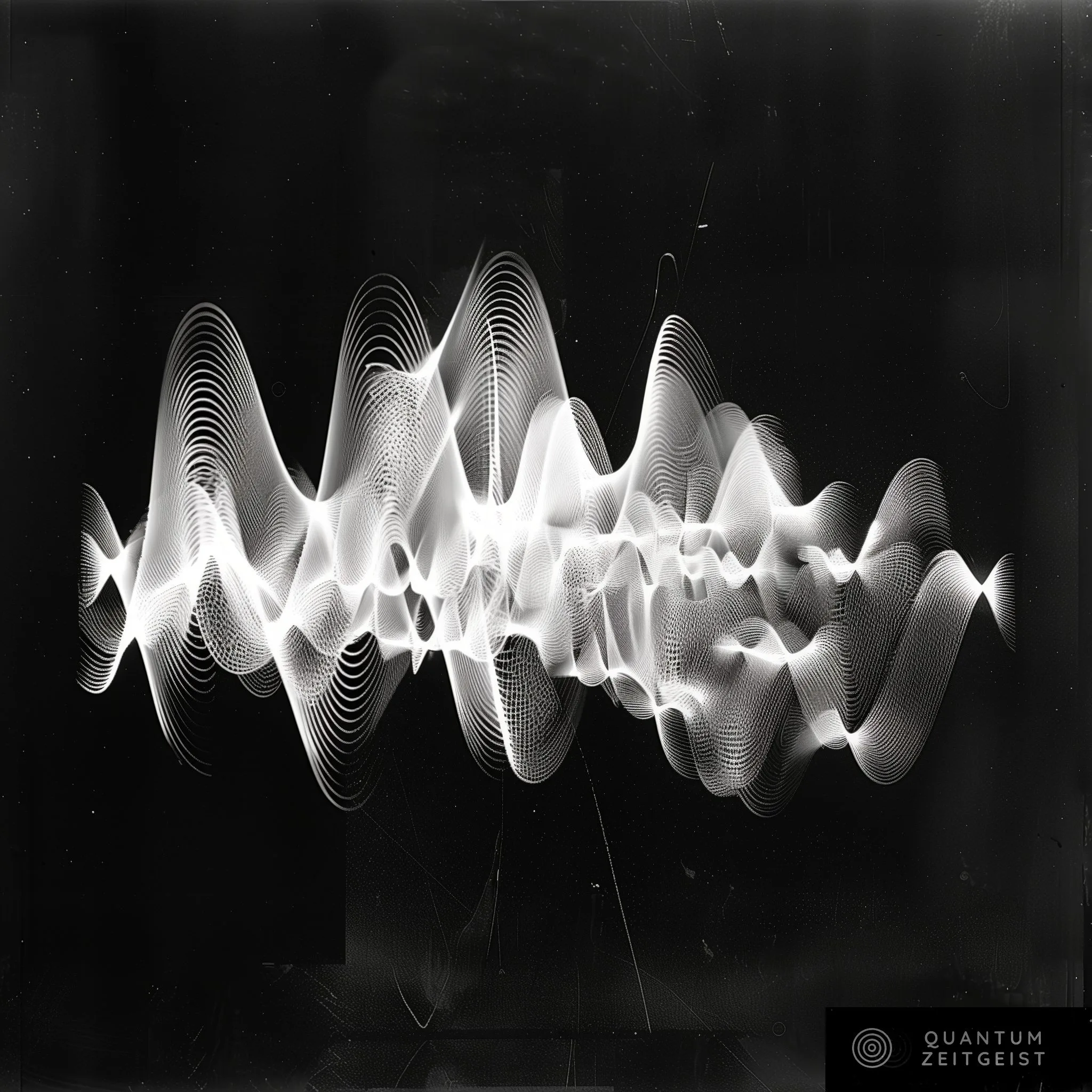Quantum computing’s scalability is hindered by the erroneous behavior of current devices, with the level of errors in noisy intermediate-scale quantum (NISQ) devices posing a significant obstacle. While quantum error correction remains impractical due to small qubit numbers, quantum error mitigation methods can improve results.
However, these methods require additional quantum computing time, making it necessary to prioritize dominant error types. To address these challenges, researchers from various institutions have proposed a volumetric benchmarking approach to systematically evaluate noise models. This research is a significant step towards understanding and predicting the impact of errors on computations, crucial for enabling reliable computations in quantum computing.
What is the Challenge of Quantum Computing Scalability?
Quantum computing is a rapidly evolving field with the potential to revolutionize numerous areas of science. However, the main challenge hindering the scalability of quantum computing is the erroneous behavior of current devices. The level of errors in current noisy intermediate-scale quantum (NISQ) devices is a significant obstacle to achieving scalable quantum computing. Counteracting these errors is essential to enable reliable computations.
While potential solutions such as quantum error correction remain impracticable due to small qubit numbers, quantum error mitigation methods can significantly improve results without causing an overhead of necessary qubit resources. Various methods aim to tackle different types of errors for several applications. For instance, algorithms like Variational Quantum Eigensolver (VQE) already have a large number of protocols trying to mitigate readout error, gate error, or crosstalk.
However, almost all error mitigation methods require additional quantum computing time, which is limited. Therefore, prioritizing the dominant types of error is necessary. Understanding and predicting the noisy behavior of a quantum computer makes accurate noise models indispensable for efficient and reliable quantum computing calculations.
How are Noise Models Evaluated?
Currently, there is no systematic approach for evaluating the quality of a noise model. Its accuracy is often estimated using a small number of arbitrary test circuits and comparing the model’s prediction to the results obtained with quantum hardware. These test circuits are usually not similar enough to realistic application circuits to allow for a generalization of the results.
The size of the quantum circuits is usually too small, making it difficult to assess the accuracy of a noise model in a realistic application context. Therefore, the evaluation of noise models does not yet follow a systematic approach, making it nearly impossible to estimate the accuracy of a model for a given application.
What is the Proposed Solution?
To address these challenges, a team of researchers from the Department of Informatics at the University of Hamburg, Deutsches Elektronen-Synchrotron (DESY) in Hamburg, RWTH Aachen University, CQTA Deutsches Elektronen-Synchrotron (DESY) in Zeuthen, and the Computation-Based Science and Technology Research Center at The Cyprus Institute have proposed a volumetric benchmarking approach that systematically evaluates noise models.
The team has also presented a technique to optimize parameters of a noise model they construct in this work. The benchmarks are based on the framework presented in a previous study, which measures the performance of quantum computers. They compare the predictions of a noise model to results from quantum hardware for a choice of representative quantum circuits.
What Does the Noise Model Contain?
The constructed noise model contains five types of quantum noise and optimizes its parameters using a series of training circuits. The researchers compare its accuracy to other noise models by volumetric benchmarks involving typical variational quantum circuits. The model can easily be expanded by adding new quantum channels.
This systematic approach to benchmarking noise models for quantum computing applications is a significant step towards understanding and predicting the impact of errors on computations, which is essential to counteract these errors with methods such as quantum error mitigation.
What is the Impact of this Research?
This research is a significant contribution to the field of quantum computing. By developing a systematic approach to benchmarking noise models, the researchers have provided a tool for understanding and predicting the impact of errors on computations. This is crucial for counteracting these errors and enabling reliable computations in quantum computing.
The constructed noise model and the technique for optimizing its parameters also provide a valuable resource for further research and development in this field. By comparing the accuracy of this model to other noise models, the researchers have provided a benchmark for evaluating and improving noise models in quantum computing.
This research is a step towards overcoming the challenges of quantum computing scalability, which has the potential to revolutionize numerous fields of science.
Publication details: “Construction and volumetric benchmarking of quantum computing noise models”
Publication Date: 2024-04-18
Authors: Tom Weber, K. Borras, Karl Jansen, D. Krücker, et al.
Source: Physica scripta
DOI: https://doi.org/10.1088/1402-4896/ad406c

